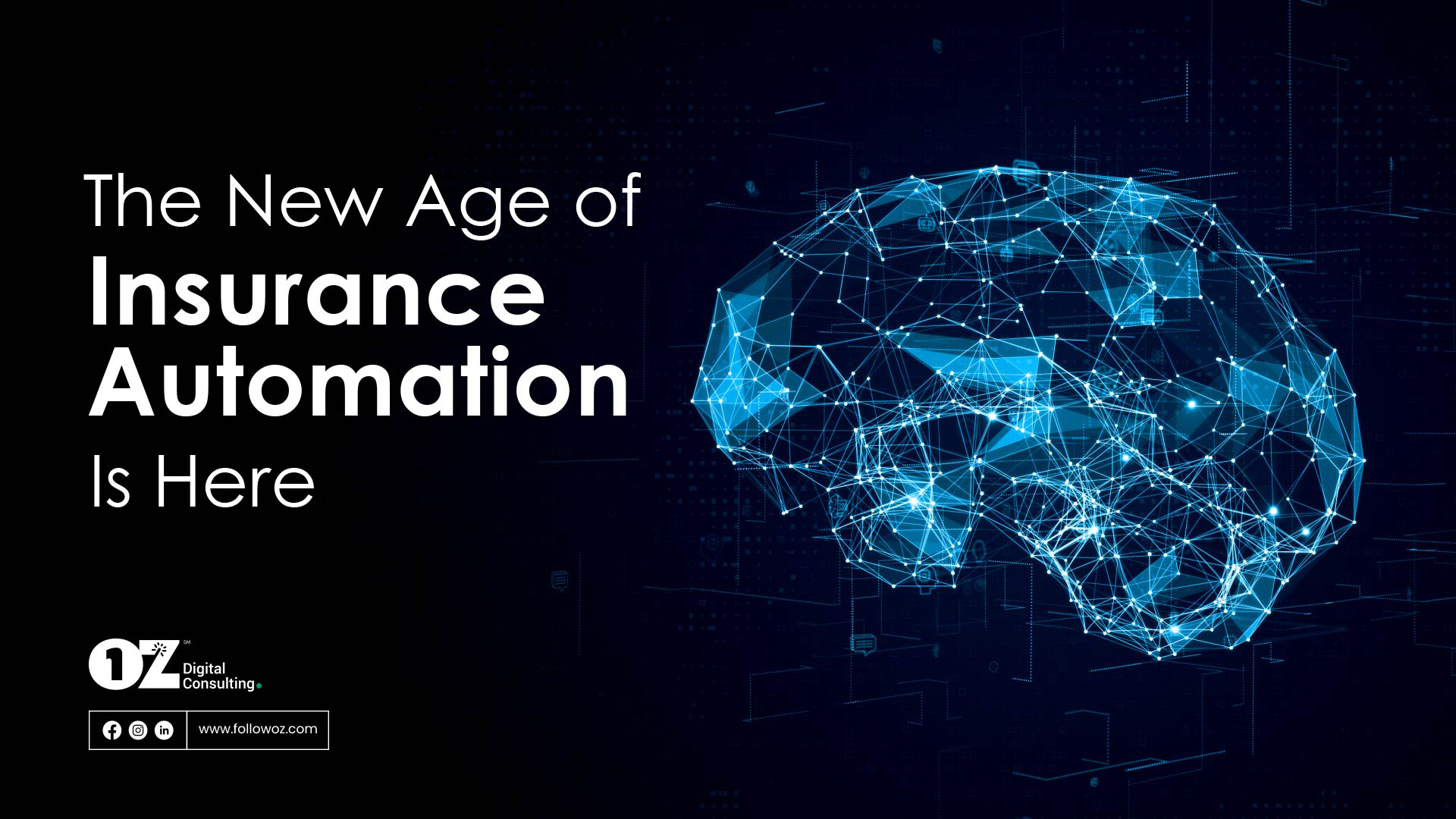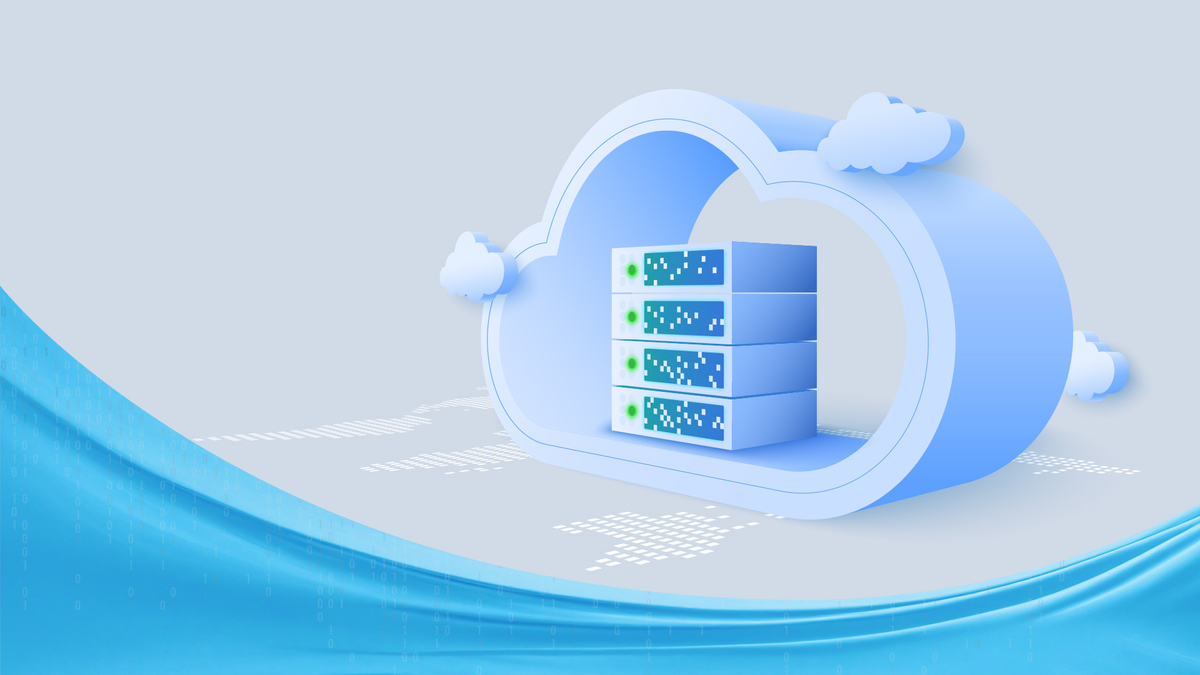The insurance industry—though slow to change—has steadily embraced process automation over time. For the carrier, the shift to automation has translated to reduced costs, greater efficiency, and a competitive advantage. For the customer, it’s created a more refined experience — one that is seamless, personalized, and relevant.
However, a new age of automation is here. Robotic Process Automation (RPA) is undergoing a massive transformation with the emergence of newer technologies like Artificial Intelligence (AI) and machine learning. Its evolution is impacting entire industries, including P&C insurance.
The emergence of intelligent automation is paving the way for the automation of complex tasks only humans could once perform. The absence of pre-determined rules or templates no longer hinders the automation of these functions.
The Evolution of Automation
Early RPA platforms efficiently handled routine tasks. Key contributors to the development of RPA in the early 2000s included:
- Advancements in screen scraping software to extract data from programs, websites, and documents helped eliminate manual data entry.
- The first workflow automation software that replaced basic, paper-based processes with electronic ones.
- The introduction of modeling tools and business rules to make sense of business processes.
- Workflow automation, a precursor to RPA, laid the foundation of business process management in 2005.
- The first RPA software in the early 2000s could successfully automate repetitive tasks.
- The expansion of RPA capabilities led to a solid foundation for the technology by 2015.
More Complexity Demands More Powerful Tools
Data and information are being created faster than we can keep up. Data comes from a myriad places in various forms. There are four types of data an organization uses for analytical purposes.
Structured data: Primarily comes from executing transactions and has been around the longest. Think policy forms.
Textual data: Data from emails, call center conversations, contracts, records, and elsewhere. Once, text was a “black box” that could only be stored but not analyzed by the computer. Now, textual Extract, Transform, and Load (ETL) technology has opened the door of text to standard analytical techniques.
Analog/IoT: Machines of every kind, such as drones, electric eyes, temperature gauges, and wristwatches—all can generate data. Analog/IoT data is more raw than structured or textual data. And a tremendous amount of this data is generated in an automated fashion.
Other unstructured data: Most of the data generated today falls under unstructured data—images, audio, and video content. This data cannot be stored in a typical database table as it lacks a tabular structure. Given the massive volume of analog and IoT data, storing and managing these datasets are very expensive.
Intelligent automation, the combination of RPA and AI, including natural language processing, machine learning, and machine vision, helps carriers process, understand, and effectively transform this data into meaningful insights—all in real time.
The Future of Efficiency with Intelligent Automation
AI technologies will continue to evolve and soon become the norm for processing huge amounts of information and data generated by “active” insurance products tied to individual behavior and activities. As these technologies become mainstream, carriers will have access to constantly learning models — enabling new product categories and engagement strategies while responding to shifts in underlying risks or behaviors in real-time.
Open-source protocols will emerge to facilitate data sharing. Public and private partnerships will create ecosystems for shared data under a common regulatory framework. For example, wearable data could be ported directly to insurance carriers, while connected home and auto data could be accessed through Amazon, Apple, and Google.
As automation and AI are integrated more deeply into processes, workflows, and the workplace, carriers will experience advantages in the following ways:
- Higher productivity: Frees up human time for higher value work, increases capacity, and data processing by up to 50%
- Lower operational costs: From 25% to 50%
- Reduced error: Automation can achieve 100% data accuracy
- Data security and compliance: Reduce contact with sensitive data.
- Economies of scale: Efficiently handle seasonal renewal peaks and benefit from economies of scale.
- Data-driven insights: Leverage volumes of process data generated by RPA to improve analytics.
- Seamless automation: RPA integrates with legacy systems by mimicking user interactions—such as clicks and keystrokes.
- Better customer experience: Improve the customer experience in quoting, underwriting, claims, and policy administration.
As more carriers embrace these newer technologies, intelligent automation will become, over time, table stakes. Carriers who move first — and fast will hold a competitive edge. Making strategic investments in intelligent automation has never been more important.
Contact us if you would like to discuss how you can streamline your operations and drive profitability through intelligent automation.



